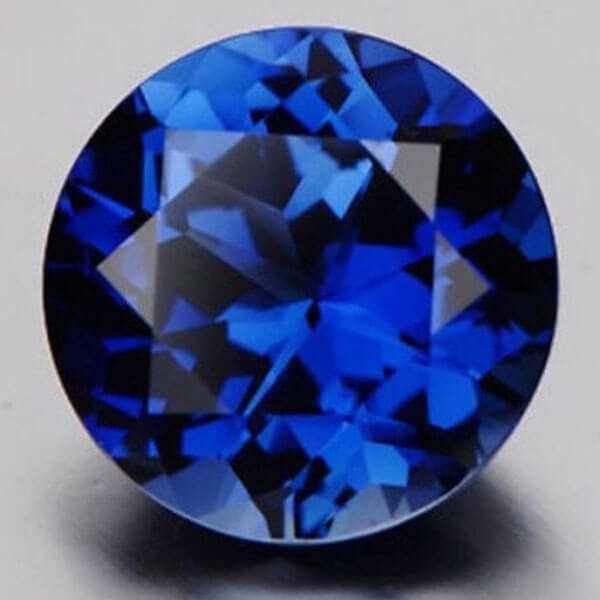Lab Created Blue Sapphires

Lab Created Blue Sapphires
Lab-Grown Blue Sapphire
Blue sapphires occur naturally and have a signature crystalline structure and attractive glitter. However, jewelers, artisans, and designers can’t meet growing demand for luxury blue sapphires if they rely on natural variants alone. That’s why lab-grown blue sapphires have become popular across jewelry industries worldwide.
Lab-made blue sapphires have the same crystalline structure, composition and appearance of earth-mined stones. They are also easier to source and come cheaper than most earth-mined variants.
Many lab-grown blue sapphires support demand for luxury gemstones, easing the demand for natural variants. Several methods exist to create blue sapphires in a controlled environment.
History of Lab-Grown Blue Sapphires
Popular methods to recreate colored gemstones like sapphires became popular between the eighteenth and nineteenth centuries. Chemists like Jan Czochralski and Edward Acheson discovered effective methods to mass-produce sapphires and other gemstones.
How are Lab-Grown Blue Sapphires Made?
Pulled Czochralski method
The pulled Czochralski method forms blue sapphires during a special process initiated by aluminum oxide. The process involves these steps:
- Aluminum oxide (Al2O3) melts in a special container through contact with special radio waves,
- Dip a rod tipped with sapphire crystal element into the aluminum oxide mixture,
- Slowly rotate and pull the rod out to form a ‘pulled’ column of sapphire
Pulled crystals made with this method are usually superior to many other lab-made sapphire versions.
Flame fusion method
Blue sapphires can also form through the flame fusion method. This method involves:
- Dropping aluminum oxide and other elements through a hot oxygen & hydrogen flame,
- Melted particles through the flame collect at a base point to form sapphires,
The coloring element and other minerals used in this method determines how it glitters, its density, and other features.
Hydrothermal method
Hydrothermal gems form when certain elements crystallize under intense pressure and heat. Some of these gems could be several inches long after receiving the thermal synthetic mold treatment. Color insertion also takes place as crystals form under hydrothermal treatment.
Diffusion method
Chemists use the lattice diffusion method to create solid rubies like sapphires and other precious stones. Lattice diffusion involves using heat and chemicals made from special elements to penetrate the structure of rubies. The diffusion method changes such gemstones into the shade of its coloring element.
Uses of Lab-Grown Blue Sapphires
Most lab-grown blue sapphires are useful as:
- Loose gemstones,
- Detailing on glasswork or luxury windows, and
- Adornments on musical instruments, jewelry, art pieces, etc.
Blue sapphires are easy to work with and provide designers with enough support to create beautiful pieces for various needs.
Chemical Properties of Lab-Grown Blue Sapphires
- Chemical Formula: Al2O3
- Fracture: Conchoidal
- Hardness (Mohs’ Scale): 9
- Heat Resistance: 250°C to 340°C
- Luster: Vitreous
- Refractive Index: 1.76 – 1.77
- Specific Gravity: 1.69 g/cm3
Maintenance Tips for Lab-Grown Blue Sapphires
Blue sapphire gems need maintenance to preserve their brilliance, and overall appeal. How you maintain blue sapphires depends on their mount material, setting, intended use, and other essential factors.
You can maintain your gemstones with these methods:
- Polishing with a dry cloth,
- Cleaning with loosely-concentrated soap solution, rinsing, and allowing to air dry
- Storing in an airtight, cushioned, and humidity-free container, and
- Soaking in a vinegar and baking soda solution for 10mins
Consult your jeweler for the best tips to keep your blue sapphires in top shape.




